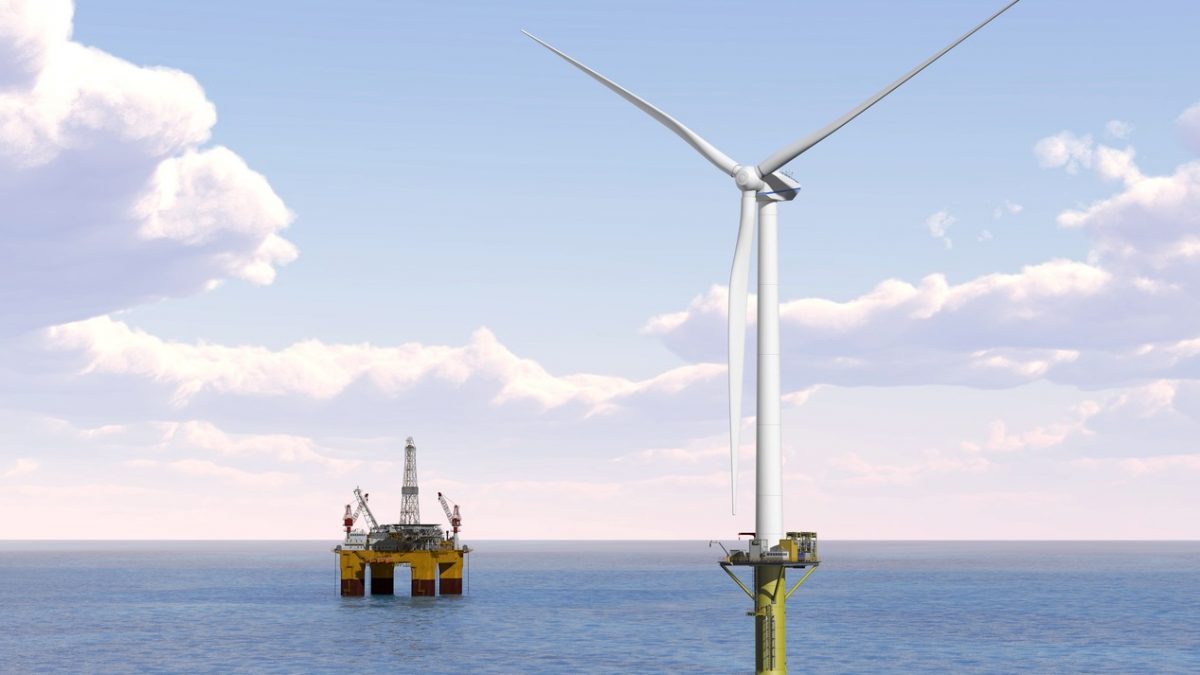

South Korea has unveiled a long-term energy plan (basic energy policy for the years 2020-2034) shifting from thermal and nuclear power generation to renewable energies. The plan aims to raise the share of renewables in the power capacities from the current 15% to 40% by 2034, while keeping the share of LNG-fired power plants from around 31-32% and closing all the coal-fired power plants whose 30-year operational life expire by 2034.
South Korea currently has 60 coal-fired power plants accounting for more than 1/4 of total power generation in 2019. Half of the operational coal-fired power plants would be concerned by this 30-year closure conditions. The government plans to convert 24 of them to LNG to avoid any power shortage, as the peak demand should increase by an average 1%/year to reach 104 GW in 2034.
The 2020-2034 plan also envisions the closure of some nuclear power units (from 26 in 2024 to 17 in 2034), which would reduce the share of nuclear in South Korea's power capacity from 19% to 10% by 2034.
Guest post from Enerdata




